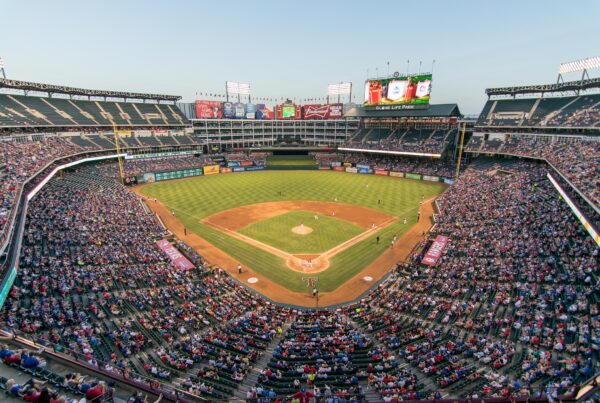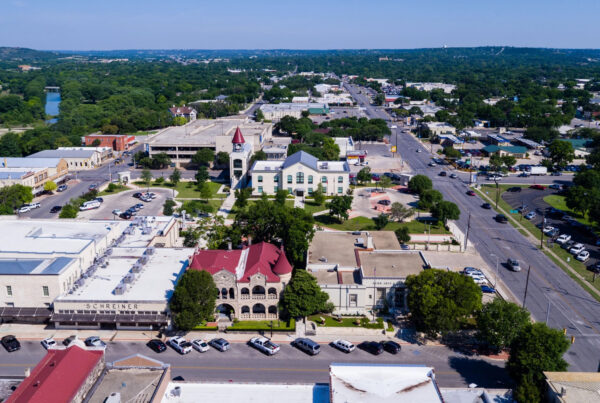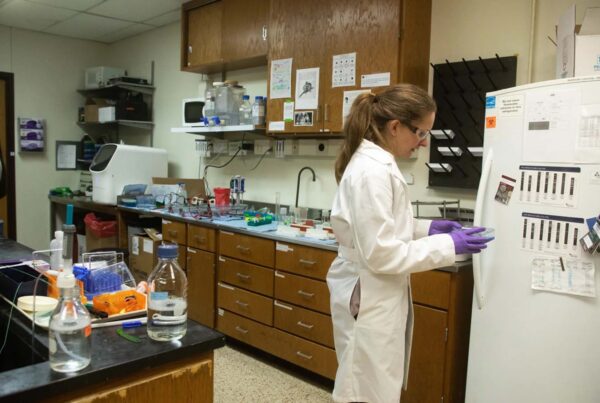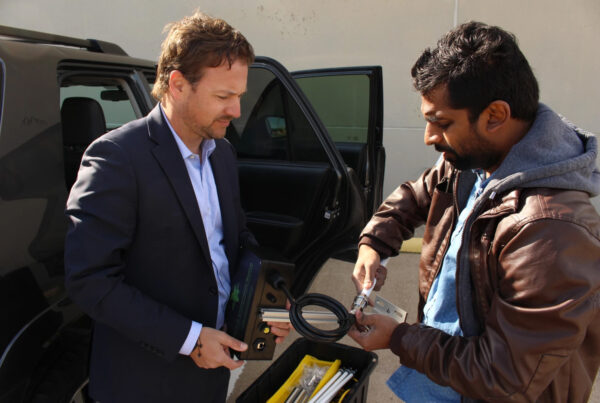The Texas Department of Transportation has a lofty goal: End all traffic deaths on Texas roads by 2050 – and that’s on top of other objectives, like improving mobility and cutting down on commute times.
To do this, TxDOT has billions of dollars of construction projects underway or in the works across the state, like on Interstate 345, a 1.4-mile stretch of highway that connects I-45 with other east-west freeways in North Texas. TxDOT wants to bury the highway; members of the Dallas City Council want to get rid of it entirely.
The push in Dallas is just the latest example of local governments across the state pushing back on TxDOT plans.
Matt Goodman, the online editorial director with D Magazine, joined the Texas Standard to explain why certain members of council are pushing the state’s transportation agency to turn the highway into a boulevard. Listen above or read the transcript below.
This transcript has been lightly edited for clarity:
Texas Standard: Tell us a little bit more about this mile and a half of highway. Why does TxDOT want to do this in the first place against the wishes of the Dallas City Council?
Matthew Goodman: Well, it’s a 50-year-old highway between downtown Dallas and Deep Ellum. TxDOT is interested in moving cars, so the idea of removing the freeway fully would never get their support. But the compromise is to trench it and put it below ground.
Well, you said compromise; I didn’t. Apparently, that’s not good enough for the Dallas City Council?
Some on council – at least five members of the Dallas City Council – want an independent study of the roadway. They’re not happy with what TxDOT is putting forward. But the entire City Council has a lot of support for this trenching plan. So it’ll be interesting to see how the entire body votes.
Something you mentioned in your reporting is that TxDOT is not interested in turning I-345 into a boulevard. Why is that?
Well, the Texas Transportation Commission is what doles out those dollars, and it takes its directives from Governor Greg Abbott. And Governor Abbott has been very clear that his priority is expanding freeways. So anything that goes against that is not likely to get funding.
Economic impact has become one of the focal points of the discussion here. Can you tell us a little bit more about that?
Yeah, the idea is if the elevated highway is not there, the city could incentivize development, be that additional housing, retail office – could be anything. The reason TxDOT thinks trenching is a compromise is because it could put decks over that highway, but it’s not going to pay for those decks. The city would have to.
And therein lies the rub. Any idea on cost or anything like that? And I presume that when you say the city would have to do this, the city would bear all the costs.
The city would have to find the funding sources – and a lot of that would likely be federal and other public grants. There are no estimates for the costs just yet. It’s too early to predict that, and engineering studies will have to be done to actually see what could be placed on top of that stack, so it’s way too early to say.
Well, who ultimately has the final say in what happens to I-345? Is it TxDOT or Dallas City Council?
Well it’s ultimately TxDOT’s decision, but we’re in sort of a stalemate because when the Texas Transportation Commission chooses to issue those construction dollars, it wants the buy-in of the cities where the highways are. So if the City Council does not sign a resolution in support of the freeway, it’s unlikely that TxDOT will get those dollars.
What happens next? What’s the next shoe to drop here? And how long are we looking at before the shovels start getting dirty?
The next step is the City Council has to vote on whether to initiate that independent study of removing the highway. If that happens, the study could take up to a year. At that point, the matter will come back to council for a vote in support of the resolution.














